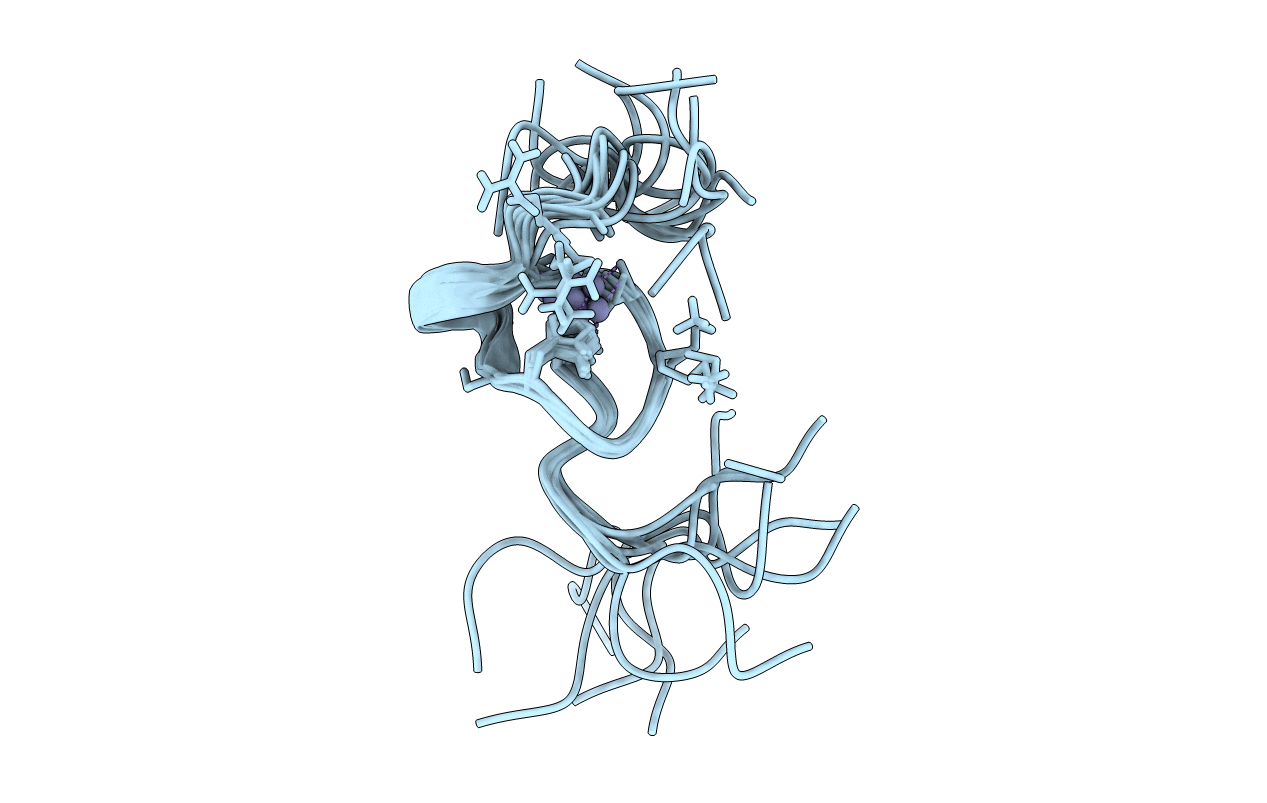
Deposition Date
2006-03-27
Release Date
2007-03-13
Last Version Date
2024-05-29
Method Details:
Experimental Method:
Conformers Calculated:
100
Conformers Submitted:
13
Selection Criteria:
structures with the lowest energy, structures with the least restraint violations


